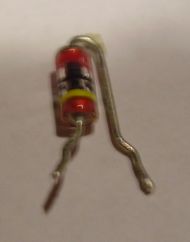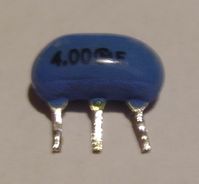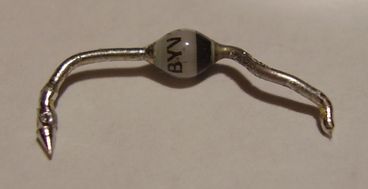I have salvaged some parts that I can't identify myself. I would appreciate it if someone could tell me what they are called so I can look them up.
I took some better photos of the first 3 parts, and added a 7th at the bottom. Sorry about #3, but it is convex from all sides, and I don't have a light diffusor (yet).
 1:
1:

 2:
2:

 3:
3:

4:

5:

6:


Sorry for the low quality of the photos. I'll get better with more experience with my camera.
